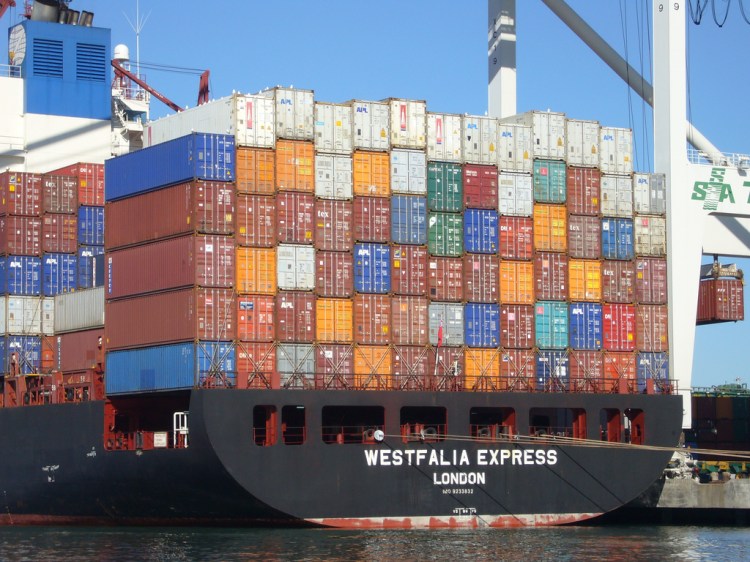Google Container Engine (GKE), the tech giant’s managed service that’s designed to help businesses run applications that rely on software containers, has been updated today with a number of features that should help companies scale and manage their software.
Companies using GKE will be able to take advantage of new features like aliased IP support, which gives a container a virtual IP address that can be referenced from other applications in the same way a developer would work with a traditional virtual machine. Customers can also sign up for an alpha test of using Nvidia’s new Tesla P100 GPUs inside a containerized application on Google’s cloud.
Google will also be launching a new multi-cluster ingress feature in alpha soon, which will allow companies to spin up multiple Kubernetes clusters in different cloud regions and have the service intelligently route traffic to the one that will provide the best performance for an end user.
GKE as a service is designed to help companies do away with some of the complexity of running multi-container applications with Kubernetes, a piece of open source software that originated at Google.
June 5th: The AI Audit in NYC
Join us next week in NYC to engage with top executive leaders, delving into strategies for auditing AI models to ensure fairness, optimal performance, and ethical compliance across diverse organizations. Secure your attendance for this exclusive invite-only event.
These feature updates are important as Google faces tough competition in the cloud space from the likes of Microsoft and Amazon, who have their own managed container services. Google has a bit of a leg up in this case, since it’s the progenitor of Kubernetes.
The latest version of Container Engine also includes the changes that were made to Kubernetes with its 1.8 release, which was unveiled last night. Some of the updates in that release include support for role-based access control and a shift to a new Custom Resource Definition object for creating API resources inside Kubernetes.

